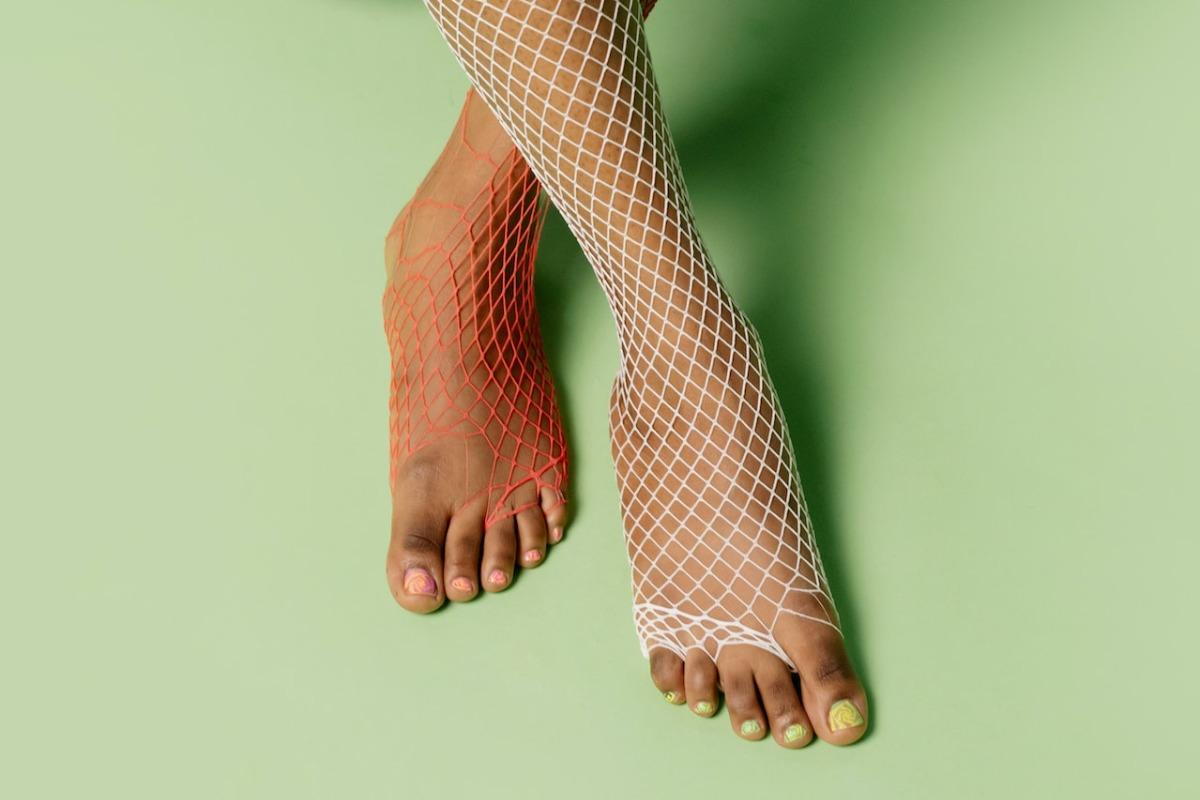Relieving Arch Pain: Conservative and Surgical Approaches
posted: Mar. 28, 2023.

Arch pain, also known as arch strain, is a common condition where the muscles, tendons, or ligaments in the foot's arch area become strained or damaged, resulting in pain, discomfort, and difficulty standing or walking.
The condition affects people of all ages, with a prevalence of 10-20% of the general population. It is more common in women than men and is often seen in people who are physically active or have jobs that require prolonged standing or walking.
Causes of Arch Pain
Flat Feet
Flat feet, also known as pes planus, is a condition in which the arch collapses and the entire sole comes into contact with the ground resulting in arch pain.
High Arches
High arches, also known as pes cavus, is a condition in which the arch of the foot is too high, causing excessive weight to be placed on the heel and ball of the foot, leading to arch pain.
Overuse or Injury
Prolonged standing or walking and sudden increases in physical activity can lead to overuse or injury of the muscles, tendons, and ligaments in the foot, causing arch pain.
Arthritis
Arthritis, a condition characterized by inflammation in the joints, can also cause arch pain. Osteoarthritis, the most common form of arthritis, is caused by the wear and tear of the joints over time and can affect the joints in the feet.
Plantar Fasciitis
Plantar fasciitis is a condition in which the plantar fascia, a band of tissue that runs along the bottom of the foot, becomes inflamed, making it difficult to stand or walk.
Symptoms of Arch Pain
Pain in the arch area
Tenderness to touch
Swelling
Stiffness
Difficulty standing or walking.
Conservative Treatment Options
Conservative treatment options are typically the first line of treatment for arch pain.
These include:
Rest and Ice: Resting the affected foot and applying ice to the arch area can help reduce pain and inflammation.
Stretching and Exercises: Certain exercises and stretches can help to strengthen the muscles and tendons in the foot, reducing the risk of arch pain.
Physical Therapy: Physical therapy can help improve range of motion and strength in the foot and reduce pain.
Orthotics or Shoe Inserts: Specialized shoe inserts or orthotics can help to support the arch and distribute weight more evenly, reducing the risk of arch pain.
Medications: Non-steroidal anti-inflammatory drugs (NSAIDs) can help to reduce pain and inflammation.
Shockwave: Soundwaves to help reduce pain and inflammation without the side effects of NSAIDS.
Surgical Treatment Options
In some cases, conservative treatment options may not effectively relieve arch pain. In these cases, surgical intervention may be necessary.
The types of surgery used to treat arch pain include:
Tendon repair: Repairing or reinforcing the tendons in the foot to provide better support to the arch and reduce pain.
Arthrodesis: Fusing the bones in the foot to provide better support to the arch and reduce pain.
Arthroplasty: Replacing the damaged joints in the foot with artificial ones to provide better support to the arch and reduce pain.
Fasciotomy: releasing part of the plantar fascia
Surgical treatment options come with their own set of risks and benefits. Risks include infection, bleeding, and nerve damage.
It is crucial to weigh the risks and benefits with a foot surgeon before deciding if surgery is the best option. Recovery and rehabilitation can take several months and may include physical therapy and the use of crutches.
Conclusion
Arch pain is a common condition that various factors, including flat feet, high arches, overuse or injury, arthritis, and plantar fasciitis, can cause. Treatment options include both conservative and surgical approaches.
Conservative treatment options such as rest, ice, stretching and exercises, physical therapy, orthotics or shoe inserts, and medication can effectively manage arch pain.
In cases where conservative treatment options are not effective, surgery may be necessary.
It is crucial to seek professional help to identify the underlying cause of the pain and develop an appropriate treatment plan.